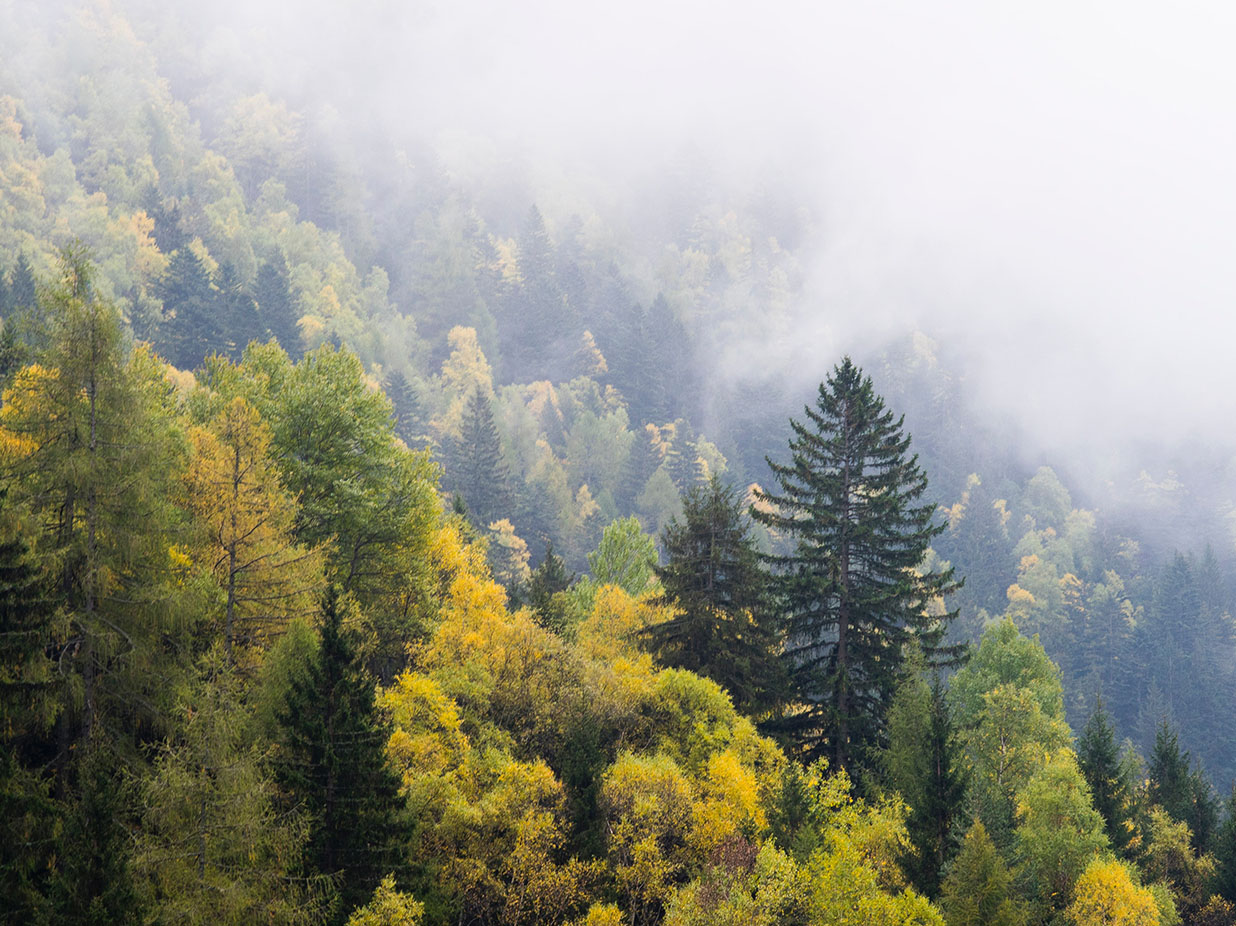May is National Wildfire Awareness month. Thinking of this fact is not only sobering but brings with it a sense of urgency to prepare for the upcoming wildfire season.
We have already seen wildfires in California this month with homes lost and lands destroyed as temperatures have begun to rise as drier conditions continue in the West.
Hotter, drier summers and longer fire seasons, combined with unhealthy forests, have led to increases in fire starts and areas burned in Washington according to the Department of Natural Resources (DNR). As we know, the fires in 2014 and 2015 burned almost 1.5 million acres of public and private forestlands and cost more than $500 million to suppress. In 2020, the Cold Springs and Pearl Hill fires in Okanogan and Douglas counties were very troubling. In 2021, wildfires continued to impact our region, including Wenatchee’s Red Apple Fire and the Methow Valley’s Cedar Creek and Cub Creek fires.
We know that forest fires are a part of nature, but they are getting more and more dangerous and expensive each year. So, what can you do as a property owner to begin to prepare for the upcoming wildfire season?
To begin with, each landowner should review what types of fuel loads exist on their property. Fuels are anything that can burn long enough to sustain heat or spread to other items or vegetation. Vegetation is the most common fuel that can ignite a wildland fire. However, property owners also need to consider items such as wooden fencing that can act as an ignition source which can then transfer to nearby buildings.
Homeowners also need to remove any lumber laying around the outside of the home that could serve as additional fuel for embers that can fly into structures. Additionally, please consider your cars, boats and campers and any other items laying in your driveway as potential fuel and once those items begin to burn, it can lead to ignition of your home or other structures.
Making changes now, when you have the time to prepare, will help you be a more effective landowner who is ready for wildfire. Additionally, if you are in the middle of a wildland fire and your home and property is under ignition, the best thing you can do is evacuate your family and pets.
The bottom line is that preparing now is better than preparing later. If you have even the slightest risk of a home ignition from wildfire this season, protect and prepare your home and family today as it is never too soon to start wildfire preparedness.
For more information on wildfire preparedness visit www.chumstickcoalition.org Before the Fire.

